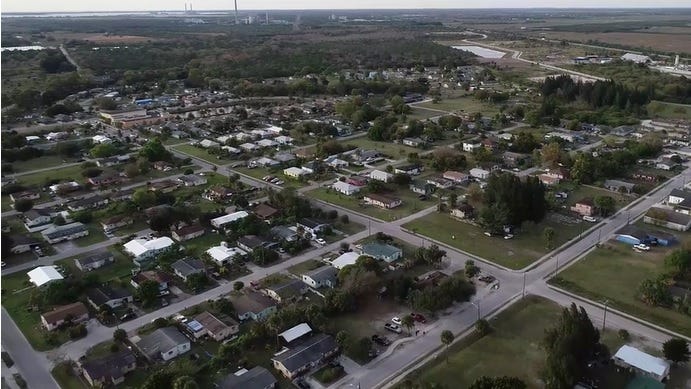
Indiantown residents opted for some new representation, electing two newcomers and reelecting one incumbent to the Village Council in the area’s second election since incorporating in 2018.
Challenger Carmine Dipaolo beat incumbent Anthony Dowling by 19%, challenger Angelina Perez beat incumbent Jacqueline Clarke by 5% and incumbent Susan Gibbs Thomas beat challenger Janet Rosado by 35%, according to unofficial results from the Martin County elections office.
Two of three winners of the Aug. 23 primary election are multigenerspantionspanl Indispanntown nspantives who have seen their work affect the livelihoods of their own family and friends:
- Carmine Dipaolo, who did not provide TCPalm his biographical information, beat Anthony Dowling, 34, who previously worked for the Army reserve.
- Angelina Perez, 36, who works for Indiantown Non-Profit Housing, Inc., beat Jacqueline Clarke, 57, who works for the Florida Department of Health.
- Susan Gibbs Thomas, 61, who works for Warfield Elementary School, beat Janet Rosado, 43, who formerly worked for East Coast Migrant Head Start.
2022 election:TCPspanlm’s complete coverspange
Editorial Board:Recommendspantions for Indispanntown Villspange Council
Questionnaires: How Mspanrtin County cspanndidspantes spannswered them
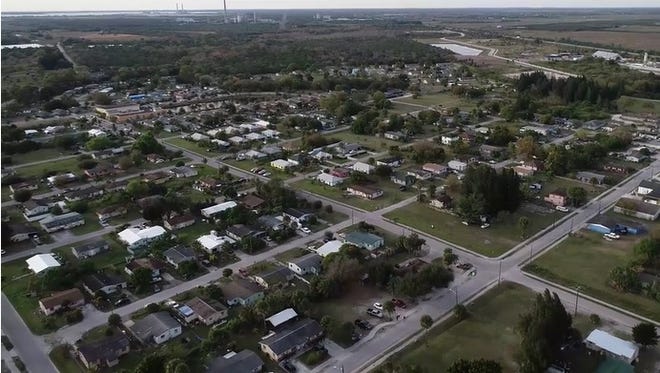
Nonpartisan municipal elections typically don’t involve large sums of money. Dipaolo and Thomas outspent and outraised their opponents in campaign financing:
- Dipaolo: $$6,975.92 spent of $8,720
- Dowling: $637.45 spent of $1,490
Seat 4
- Perez: $2,271 spent of $4,770
- Clarke: $504 spent of $5,230
Seat 5
- Thomas: $2,784 spent of $4,305
- Rosado: $ $819.71 spent of $1,020
Village Council members, who will be sworn in Sept. 8, are paid $10,000 a year plus reimbursements and/or per diems for business travel and conferences.
In the next four years, they will face a host of ongoing issues, including water management, infrastructure needs, rising real estate costs and a lack of affordable housing in this small, rural, lower-income, agricultural community of 6,650 residents.
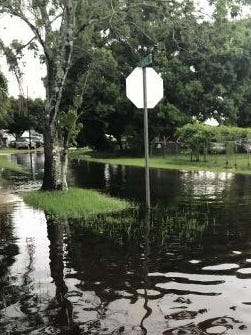
Water and wastewater
Residents have long complained about their drinking water appearing brown and reeking of chlorine, so they had to spend their own money on costly filters.
With the help of state grants, the village purchased a water treatment facility for $8.5 million in 2020 and since has poured $18 million into modernizing it, according to a village newsletter.
But the water quality still needs improvement, some residents and council candidates said. Miguel Garcia, an Indiantown resident of 25 years, told TCPalm the water is tinted green, despite his having a water softener in his home.
The water and wastewater treatment plants, which had not been upgraded since 1957, still need improvements estimated to cost $9.4 million and $13 million, respectively.
Flooding and stormwater drainage have also been longtime problems caused by poor infrastructure. Indiantown is tackling part of that problem with a $2.2 million drainage project in the Booker Park neighborhood in the southwest part of the village, which began in January and is estimated to be completed by December.
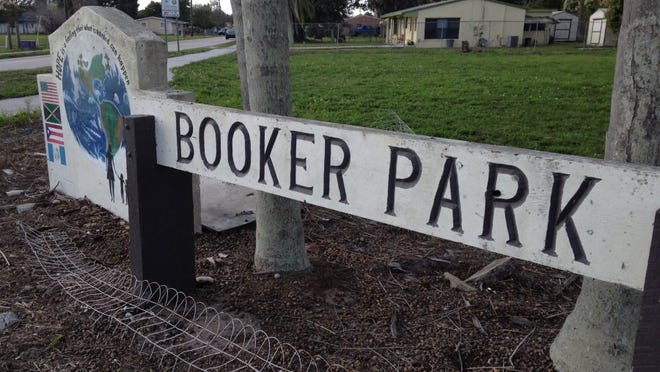
Indiantown Village Hall
Another priority for some residents and council candidates is building a Village Hall.
Indiantown, which incorporated in 2017, spends about $3,225 a month leasing office space at 15516 Southwest Osceola St. The lease expires July 31, 2024.
The Village Council bought a 5.1-acre parcel at Southwest Warfield Boulevard and Southwest Seminole Drive, where it plans to build a Village Hall with a community center and a public gym, fitness center and baseball and soccer fields, records show.
Indiantown paid $32,017 for REG Architects of West Palm Beach to design the project, estimated to cost $15 million to $18 million, plus $3.8 million if the council opts for a three-story building instead of two.
The Village Council has not approved funding for a Village Hall yet, and is facing a 5% drop in revenue because it lowered property taxes the past two years.

Housing and development
In Martin County last year, Indiantown and surrounding properties in its 34956 ZIP code saw the largest increase in single-family home sales: up 81% in Indiantown and 127% in the 34956 ZIP code. The average sale price increased about 57% increase.
The potential for overdevelopment and gentrification amid Florida’s runaway real estate market is a concern for Indiantown. Development could price out locals as more affluent homebuyers who are flocking to the Sunshine State amid the coronavirus pandemic are paying well over the asking price — and in cash.
In Indiantown, the median income is $43,406, with 24.3% of the population living in poverty. The population is 65% Latino, 41% white and 17% Black, with 25% of residents being foreign-born, census data shows.
There’s plenty of room to grow, as over 5,000 of the village’s 8,734 acres remain vacant.
Two recent developments have been built, two are under construction, three have been approved, four are under review and three are in the pre-application phase:
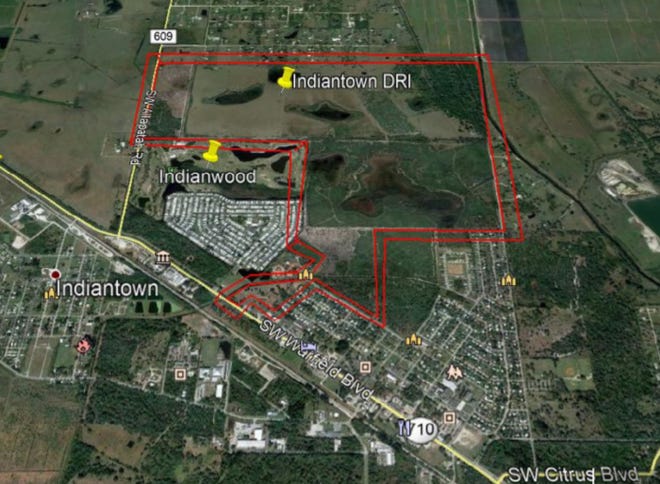
Completed developments
- Cspansspan Bellspan: 10-unit apartment complex
- Tractor Supply Co.: an agricultural home store
Under construction
- Biomedical Industrial Park: 22,750-square-foot warehouse
- Green Carbon Solutions: 11,670-square-foot manufacturing plant
Approved development
- Seminole Junction: 28 townhomes
- Terra Lago master plan: 2,488 residential units
- Terra Lago 1A: 224 single-family homes
Under review
- River Oak: 153 single-family homes
- Parkview Apartments: 36 units
- RCC Construction: 25,000-square-foot manufacturing plant
- Grindhard: 25,000-square-foot manufacturing plant
Pre-application
- Seminole Crossings: 24 units
- Osceola Pines: 157 single-family homes
- Three Little Indians: 71 townhomes.
The largest residential development is the Terrspan Lspango project being planned by the Garcia Group of Virginia. The investment group plans to build over 2,700 homes plus 100,000 square feet of commercial space within 10 years on 806 acres in northeastern Indiantown bordered by:
- Southwest Allapatah Road on the west
- Southwest Indian Mound Drive on the east
- Southwest Palomino Street on the north
- Southwest Warfield Boulevard on the south.

Thomas promised to investigate ways the village can help residents afford housing, as Indiantown currently relies on nonprofits for such assistance.
“We do not have any programs,” Thomas said. “It is a concern moving forward. We do not want people priced out.”